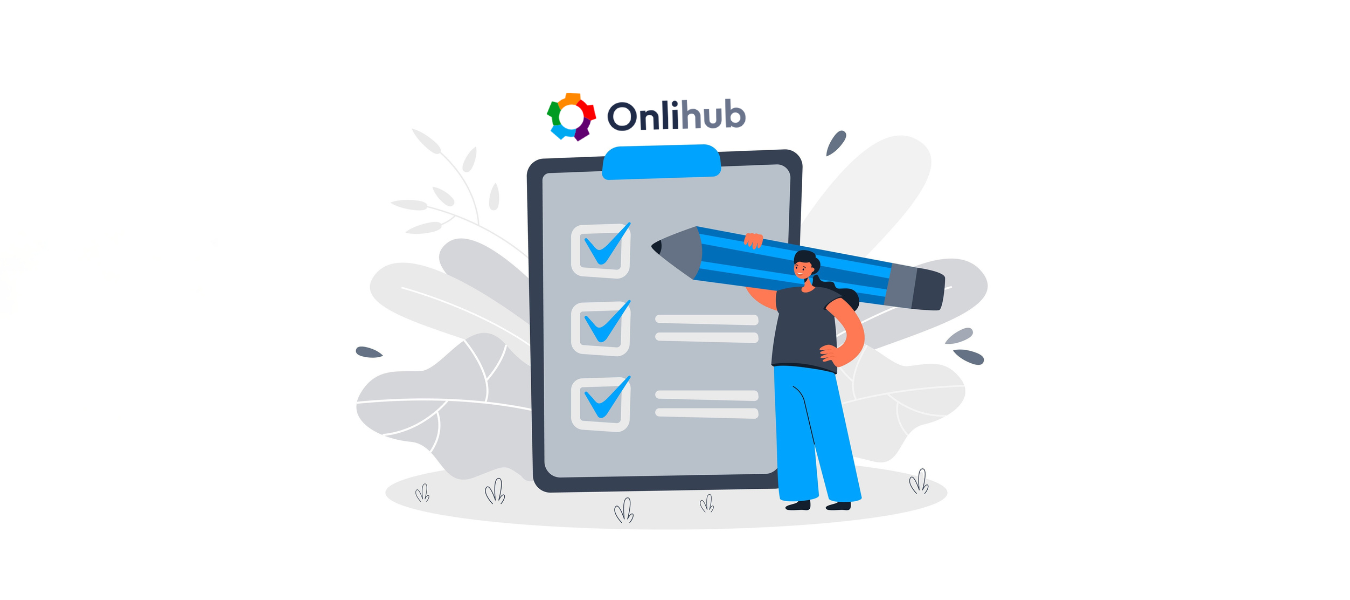



Zendrop has become a popular choice for many e-commerce entrepreneurs, thanks to its focus on simplifying the dropshipping process with streamlined features and U.S.-based support. In this article, we’ll go deep into what Zendrop offers, from its key features to its pricing, advantages, and potential drawbacks.
And, if you’re considering alternatives, we’ll also highlight why Mysellerhub might just be the right tool to take your dropshipping experience further, helping you manage products, shipping, and real-time tracking all in one place.
Zendrop is dropshipping platform that simplifies the process of sourcing and fulfilling products. (If you’re new to the dropshipping, check out our comprehensive guide on What is Dropshipping and How Does It Work to learn the essentials and get started). It offers a vast catalog of over one million products across various categories, including electronics, fashion, and home goods. Developed for e-commerce sellers, Zendrop connects merchants with suppliers (primarily from China and the United States) and automates much of the back-end work involved in dropshipping, including order processing and shipment tracking.
Unlike traditional dropshipping, where merchants might need to manage supplier relationships and logistics independently, tools like Zendrop aim to centralize these processes. This can help new and experienced sellers alike by reducing the time and effort involved in managing their supply chain.
As was mentioned before, Zendrop offers a wide product catalog covering categories from fashion and tech gadgets to home goods and accessories. This variety allows retailers to access a broad range of items without needing to hold physical inventory. For new sellers or those testing different products, this catalog can be an entry point to try out various niches without significant upfront costs. However, like with any broad catalog, finding products that consistently perform may still require research and monitoring.
With Zendrop’s automated order fulfillment, the manual side of processing orders is mostly removed. When a customer places an order, Zendrop coordinates with suppliers, forwards order details, and oversees the shipping process, allowing sellers to manage sales without hands-on involvement in logistics. This feature aims to streamline operations, though, as with any automated system, it may still require oversight to ensure accuracy, particularly when order volumes rise.
Shipping speed is often a concern for dropshipping models, and Zendrop attempts to address this by working with both U.S.-based and international suppliers. For U.S.-sourced products, delivery can average around 5-8 business days, while international items, primarily from China, take about 10-12 days. While this is a reasonable timeframe for dropshipping, businesses should still weigh customer expectations, especially in markets where fast delivery is becoming standard.
For sellers looking to improve their dropshipping strategy, Zendrop Academy provides educational content, including tutorials and guides. This feature offers useful insights into various e-commerce strategies, particularly for those new to dropshipping. However, seasoned sellers may find that these resources cover foundational rather than advanced techniques, so it may serve best as an introductory toolkit.
Zendrop allows sellers to create product bundles and subscription boxes, which can help increase the average order value and offer more variety for customers. Bundling is useful for seasonal offers or promotions, while subscription boxes can potentially drive recurring revenue. These options allow sellers to add some creativity to their offerings, but they also require a good understanding of customer preferences to succeed.
Zendrop offers several pricing plans designed to accommodate businesses at different stages, from beginners testing out dropshipping to more advanced sellers needing premium services like priority fulfillment and custom branding. Here’s an in-depth look at each plan, including what’s offered and who might benefit most.
The Free Plan is Zendrop’s entry-level option, perfect for new dropshippers who want to explore the platform without an upfront financial commitment. However, this plan comes with limited access to Zendrop’s features, making it suitable mainly for beginners who want to test out the platform’s functionality.
The Pro Plan is Zendrop’s most popular option, designed for established businesses that need more product variety and access to the U.S.-based suppliers. This plan opens up many of the platform’s core features, making it a solid choice for sellers focused on scaling their operations.
The Plus Plan is Zendrop’s highest-tier option, designed for established or enterprise-level dropshipping businesses that require priority handling and dedicated support. This plan is a premium solution for sellers with a high volume of orders, established brand presence, and complex fulfillment needs.
Plus Plan as well offers access to Zendrop Academy, Product Bundles, Subscription Boxes and Trending Product Finder.
While Zendrop’s pricing plans cover the basics, there may be additional costs depending on the needs of your business:
If Zendrop’s limitations make scaling your dropshipping business challenging, Mysellerhub offers a range of advanced features designed to support sellers in every aspect of their operations. Mysellerhub goes beyond Zendrop’s offerings with an all-in-one solution that’s packed with benefits, including seamless multi-channel integration, powerful AI capabilities, and U.S.-based supplier partnerships for fast, reliable fulfillment.
Unlike Zendrop, Mysellerhub is entirely free to use, providing sellers with access to all features without monthly fees. This can significantly reduce overhead costs, enabling sellers to invest more in marketing, product sourcing, and customer engagement.
Why It Matters: For small businesses and startups, Mysellerhub’s cost-free structure offers a substantial advantage, allowing sellers to scale without worrying about rising platform fees.
Mysellerhub seamlessly integrates with multiple sales channels, including Shopify, eBay, Tik Tok (coming soon), and others, enabling sellers to reach a wider audience across various sales channels.
Why It Matters: Multi-platform integration helps sellers increase their audience without managing separate tools, which is essential for scalability. With Mysellerhub, sellers can list, manage, and synchronize products across various platforms, streamlining operations and saving time. Sounds handy, right?
Mysellerhub’s advanced AI tools offer keyword suggestions, product title optimization, and insights into high-performing keywords to increase product visibility and boost sales. This AI-powered enhancement goes beyond simple listing management, giving sellers a smarter way to optimize for search engines.
Why It Matters: With AI-driven suggestions, sellers can create SEO-optimized listings effortlessly, improving their visibility on search engines and marketplaces. This results in increased organic traffic and conversions, helping sellers grow without extensive marketing costs.
By subscribing to Mysellerhub, sellers automatically gain access to the product catalog, featuring exclusive products from direct-to-consumer and private label brands. So just in one click sellers can add unique, high-quality products to their store — this can differentiate them from competitors in terms of proposing more generic items.
Why It Matters: Access to unique products not readily available to other dropshippers helps sellers stand out in competitive markets. Mysellerhub allows users to offer high-demand items with fewer competitors, improving margins and customer appeal.
Mysellerhub’s bulk action feature allows sellers to upload, update, and adjust large quantities of products in one go. The platform also synchronizes inventory across channels, ensuring accurate stock levels and preventing overselling.
Why It Matters: Bulk actions and inventory synchronization save sellers time and reduce possible manual errors, especially for large catalogs. Accurate, real-time inventory updates mean sellers can meet demand without stockouts or overselling, which for sure improves customer satisfaction.
Mysellerhub offers robust data analytics and an intuitive dashboard that provides insights into profits, customer behaviors, conversion rates, and sales trends. The platform’s in-depth reporting helps sellers track their performance and make data-driven decisions with ease.
Why It Matters: Access to detailed analytics allows sellers to understand what’s working and make adjustments based on actual data, leading to smarter business decisions.
Building a successful dropshipping business requires smart tools, reliable partners, and a focus on customer satisfaction. Zendrop offers a solid foundation for Shopify users, while Mysellerhub’s advanced features and multi-channel support bring flexibility and data-driven insights into play.
Each platform provides unique strengths, and ultimately, the choice comes down to which will best serve your specific business vision. With the right strategy and tools, your dropshipping journey is set to be an exciting one.





